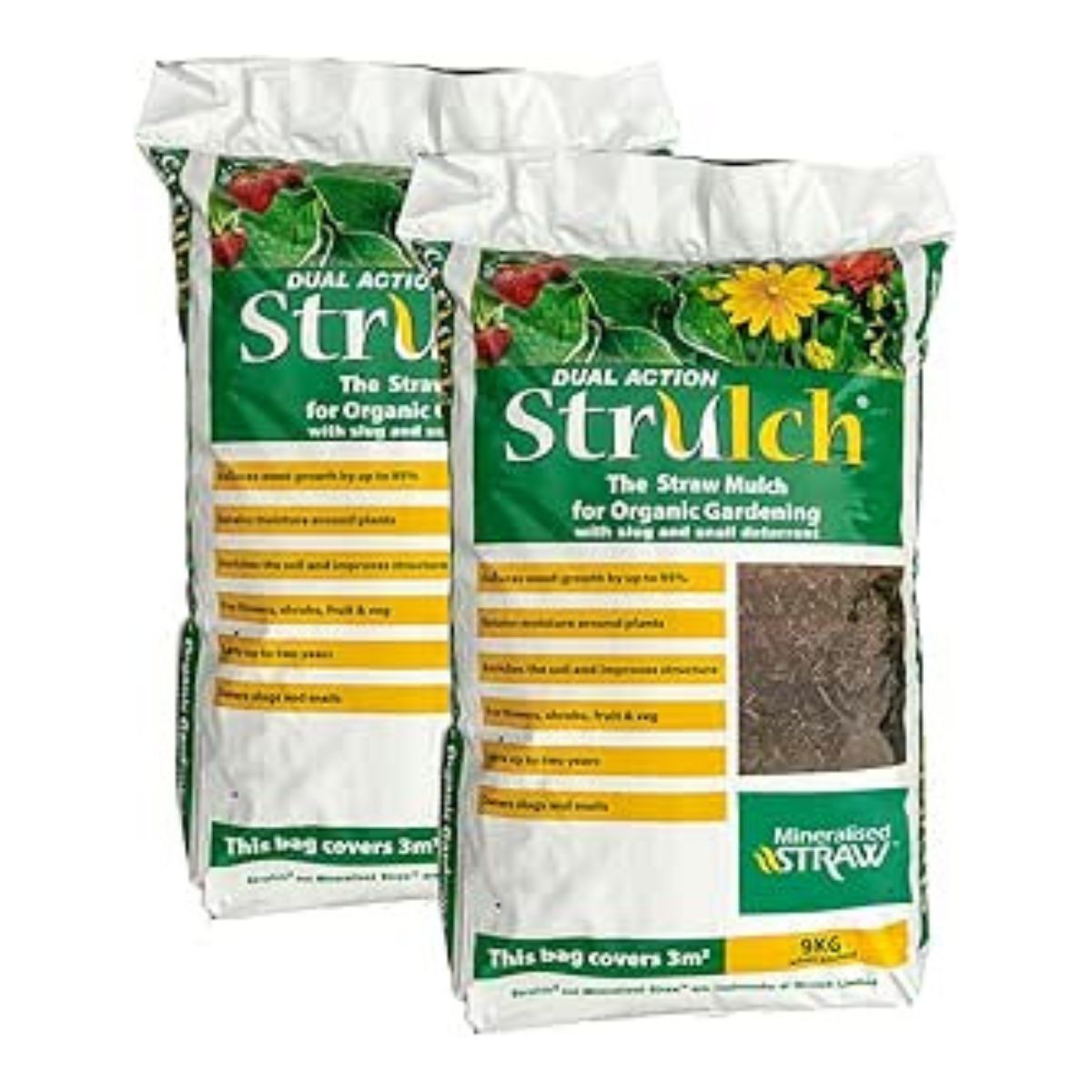How to grow thalictrum – to enjoy colorful floral clouds, and take your cottage garden borders to the next level
Thalictrum is a darling, winsome plant, but despite its fragile looks, it is totally bombproof and easy to grow
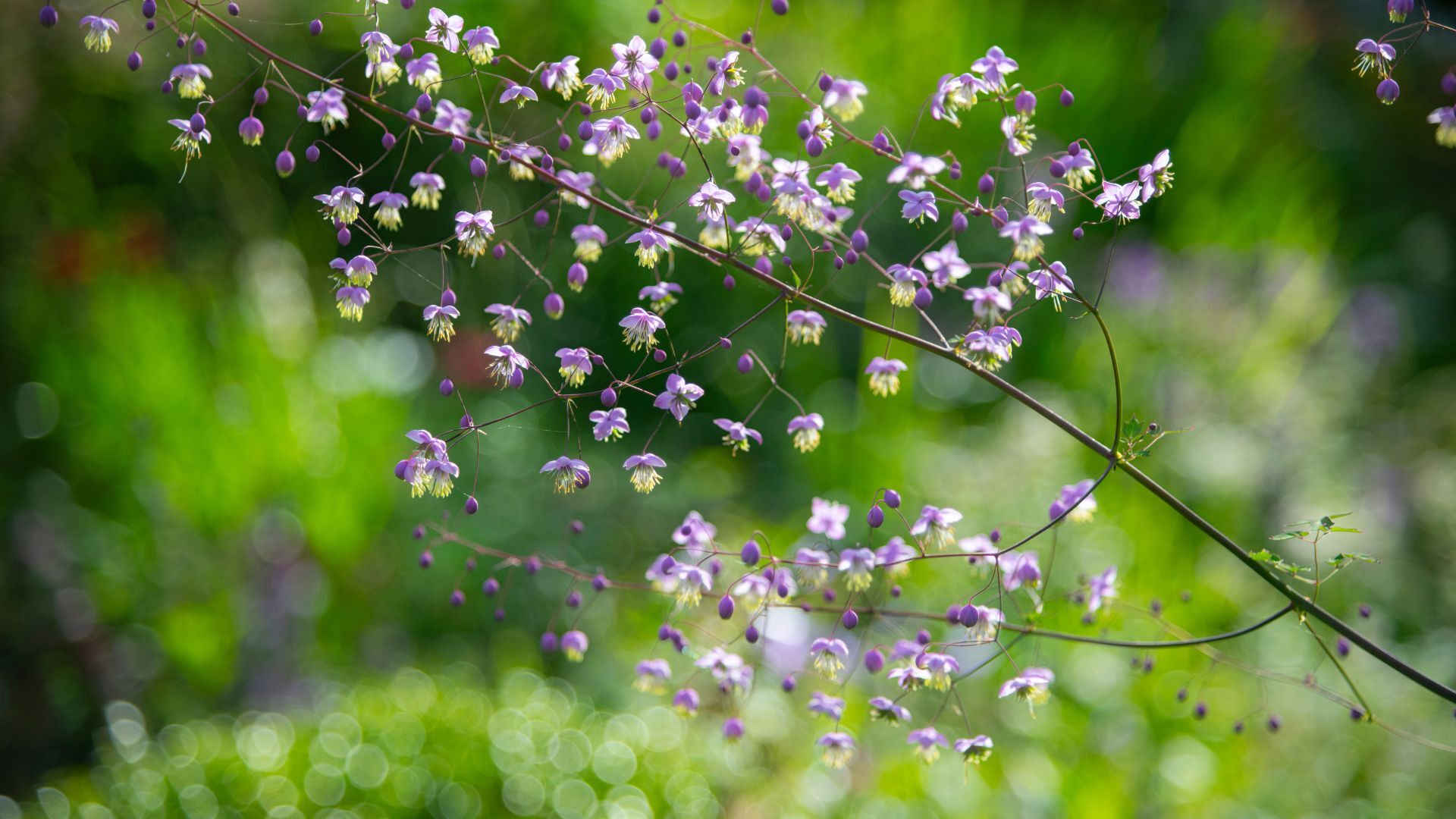

Thalictrum has to be one of the most beautiful garden plants. It's lacy, elegant foliage precedes the dainty cumulonimbus clouds of flowers that grow in great froths and swathes.
Knowing how to grow thalictrum is, happily, very straightforward, and they're amongst the very best perennials for top performance flowering that doesn't give in until the very last gasp of summer.
Here is a comprehensive guide to everything you need to know on how to grow thalictrum for masses of dainty, elegant flowers in your garden.
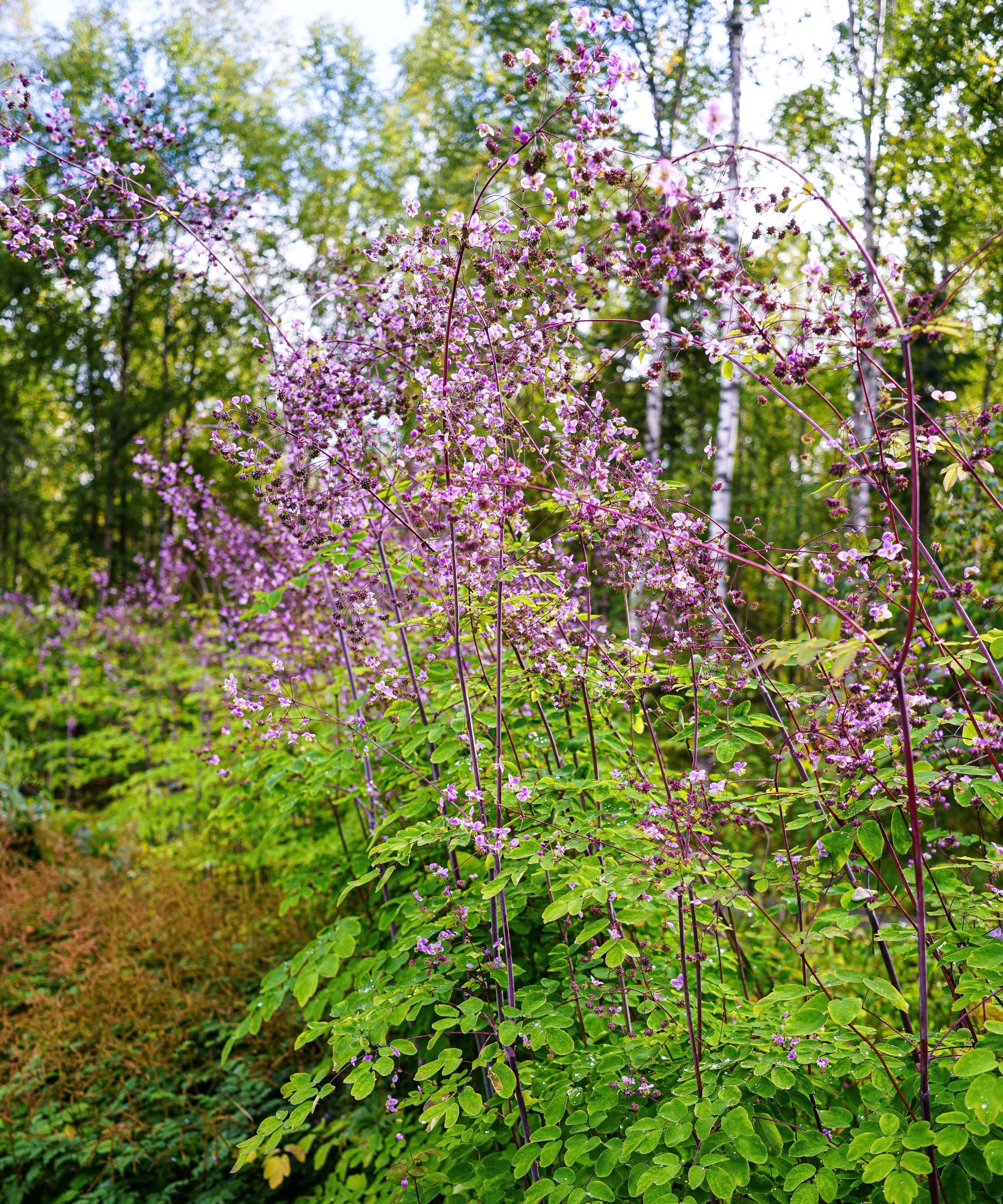
How to grow thalictrum
If you are seeking one of the very best perennials to grow in garden borders, you won't find much better than thalictrum. All you need to do is follow a few very simple growing steps.
Can you grow thalictrum from seed?
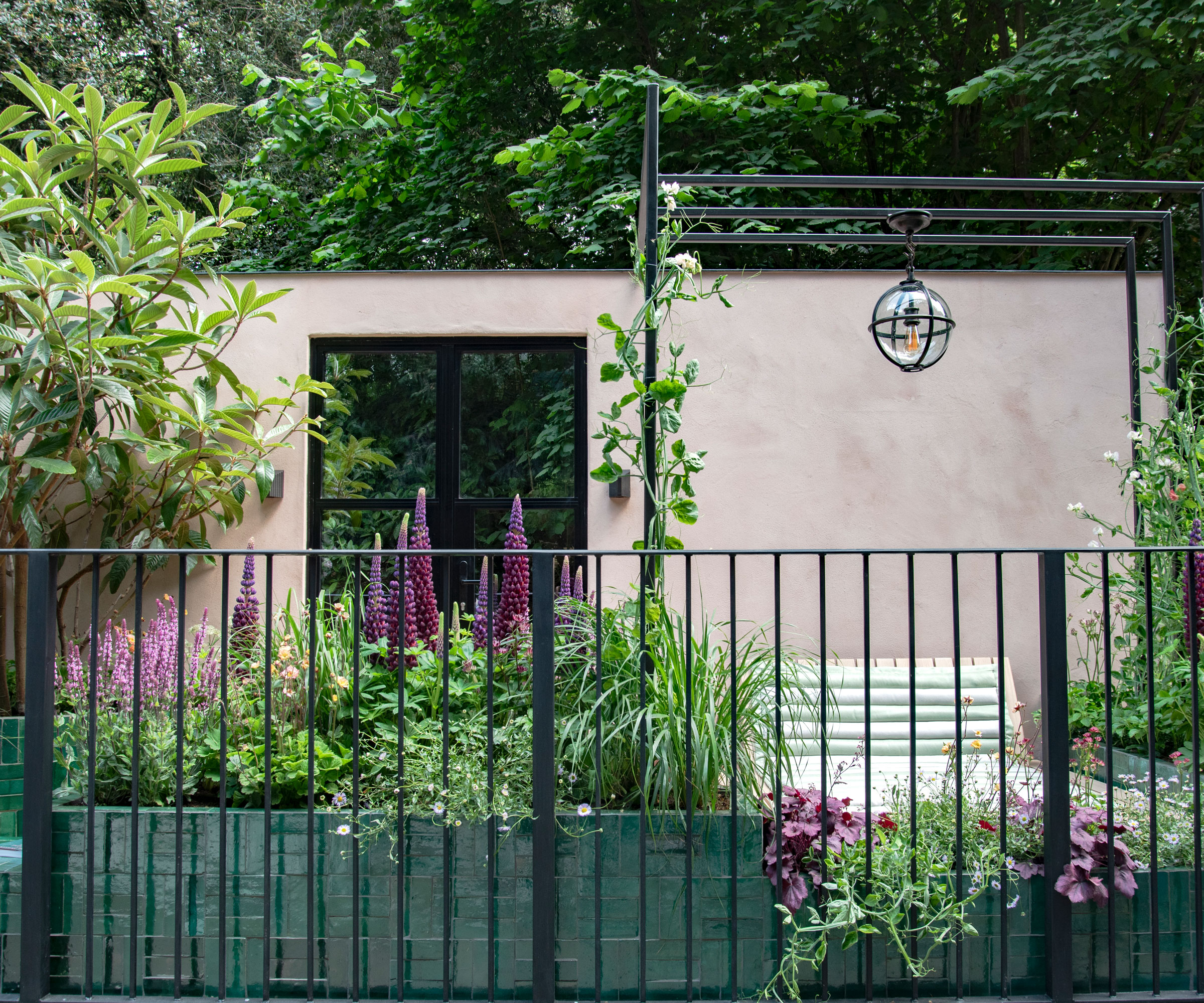
Knowing how to grow thalictrum from seed might seem like a worthwhile and highly cost-effective method, but in fact, it can be far trickier than other plants.
Because many thalictrum varieties are sterile, the germination conditions required can be very tricky, and seed-raised plants can take over three years to get to flowering size.
With that in mind, it stands to reason why most people tend to grow thalictrum from a plant.
Design expertise in your inbox – from inspiring decorating ideas and beautiful celebrity homes to practical gardening advice and shopping round-ups.
But, if you did want to try growing thalictrum from seed, this can be done by sowing seed indoors (in a greenhouse, for example) in spring.
Thalictrum seeds are available from Amazon.
Where to grow thalictrum

Thalictrum delavayi 'Album'
The genus Thalictrum contains 200 species, and all have varying needs. Though on the whole, their needs can be generalized and distilled into the following rules:
- Although you can grow some thalictrum from seed, it is far easier to buy it as a plant, as germination of seeds is not always straightforward.
- Thalictrum grows well in all soil types, though it prefers moist, well-drained soil.
- Thalictrum likes partial shade, although it can grow in full sun so long as it is watered frequently and never dries out. It is not drought-tolerant.
- If deciding where to plant thalictrum, bear in mind it can reach up to 8 ft, so it is not suitable for the front of a border.
- Hardiness zones vary by species and cultivar, but many common varieties are hardy in USDA Zones 3 through zone 9.
- Unlike some other perennials, it does not need regular division.
- Most thalictrum flowers from June to September and then, once flowers are over, have beautiful structural seed heads which last all fall.
- Thalictrum is herbaceous, so it dies back at the end of summer, leaving bare earth in the winter, from which fresh new growth appears in the spring. It will reappear each year.
How to care for thalictrum
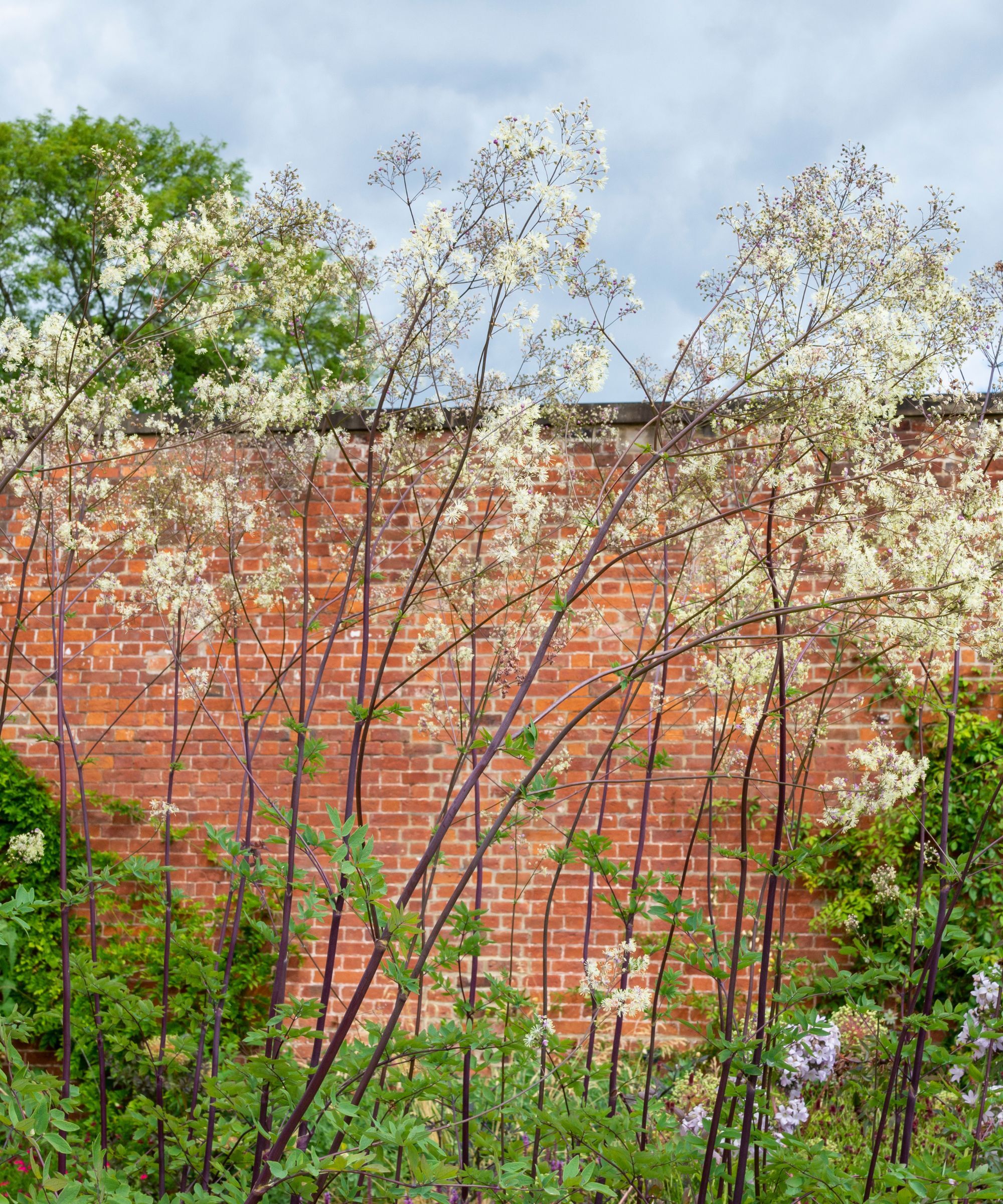
The towering stalks and flowers of Thalictrum 'Elin'
In the spring, when your thalictrum plant(s) jolt back into life, it is worth mulching them with some organic mulch, like this peat-free mulch available at Amazon.
Although this isn't vital, it will keep your thalictrum plant happy and stop it from drying out.
Throughout the summer, continue deadheading your thalictrum plants every week to prolong their flowering season. They also make beautiful cut flowers, so do cut them to bring indoors, and they will continue to throw out more flowers.
When your thalictrum is well and truly over by mid-fall, cut down the stems to the ground, and leave them be until next year.
What to grow with thalictrum
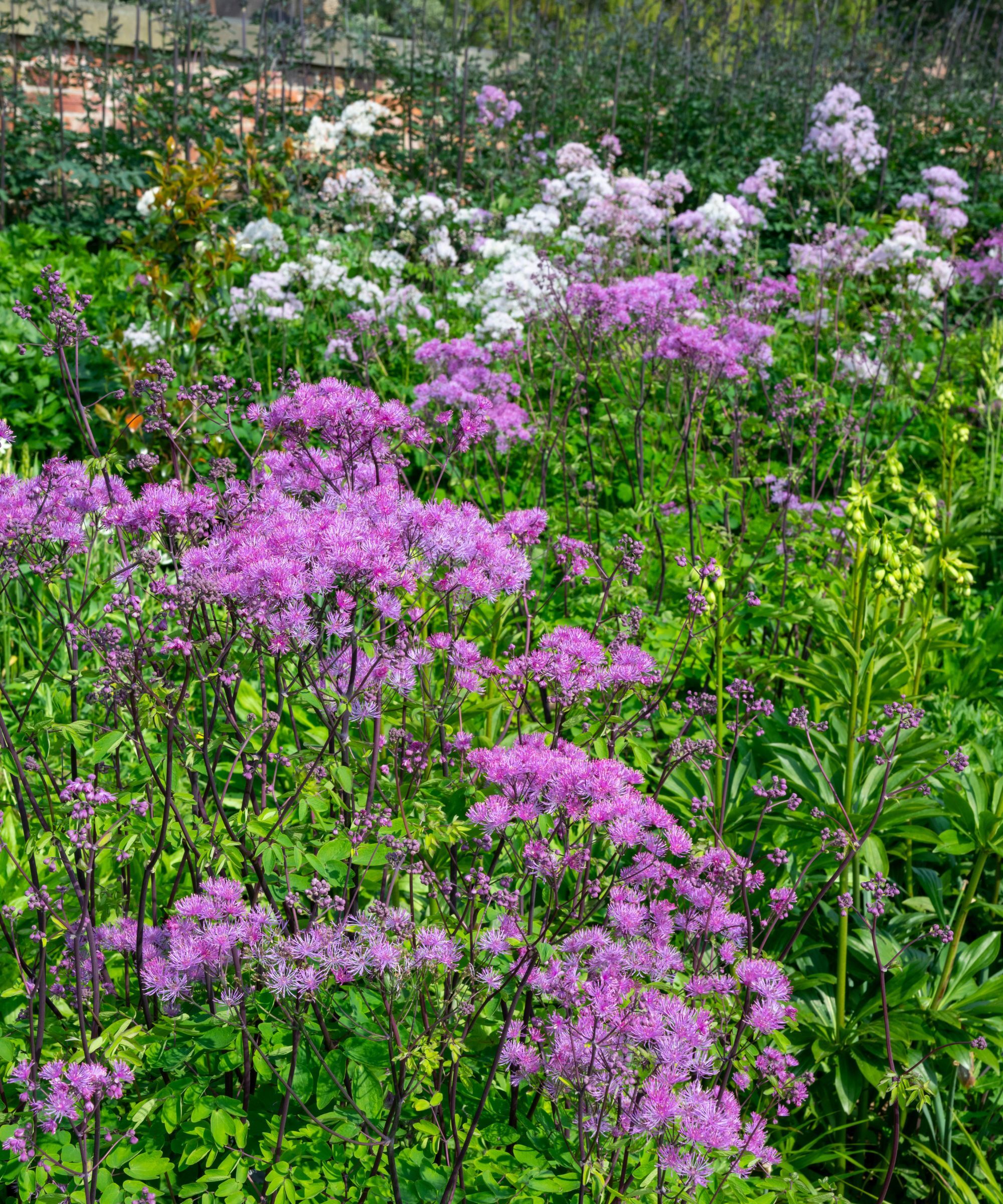
In spring, when most plants are awakening but not yet fully in action, thalictrum is already soaring to a considerable height, and its beautiful foliage is a wonderful prelude to its floral element. This pretty foliage is a great foil for tulips, hyacinths, and other spring-flowering bulbs.
Thalictrum's shape and texture make it ideal for cottage garden borders, and they're central to the cottage style of planting and typical of its soft abundance.
Thalictrum looks beautiful alongside poppies, campanulas, towering spires of delphiniums, and when planted cheek by jowl with rose shrubs.
The plant is also pollinated by bees, butterflies, and other insects that visit the nectar spur, so it is a terrific flower for prairie planting and meadowscaping, mixed in amongst a tapestry of various grasses.
Shop thalictrum growing essentials
Thalictrum is a joy to grow in the garden, not least because of its low-maintenance fuss-free nature.
They don't tend to get bothered by pests, although occasionally you might see aphids on their stems and flowers. In which case, it is best to leave them be.
Try not to use an insecticide, since thalictrum is always teeming with honey bees and butterflies; these chemicals can be a death sentence for these wonderful pollinators.
The aphids won't do any harm to the thalictrum plant, and they are a great food source for ladybugs.
In summer, be sure to pick thalictrum and bring it indoors for seasonal displays, and as the season shifts a gear into fall, I would leave the seed heads in place and then pick them for fall wreaths and seasonal displays.

Sophia Pouget de St Victor is the UK Content Editor at Homes & Gardens, bringing readers the latest trends, expert insights, and timeless design inspiration tailored to a UK audience. With a background in luxury interiors and a qualification in Garden Design from London, she has a passion for creating spaces with character and emotional depth. Sophia gravitates toward interiors that defy definition, valuing individuality and effortless elegance. She lives in West London with her partner, two mischievous terriers, and a plump cat named Lettuce.
You must confirm your public display name before commenting
Please logout and then login again, you will then be prompted to enter your display name.


